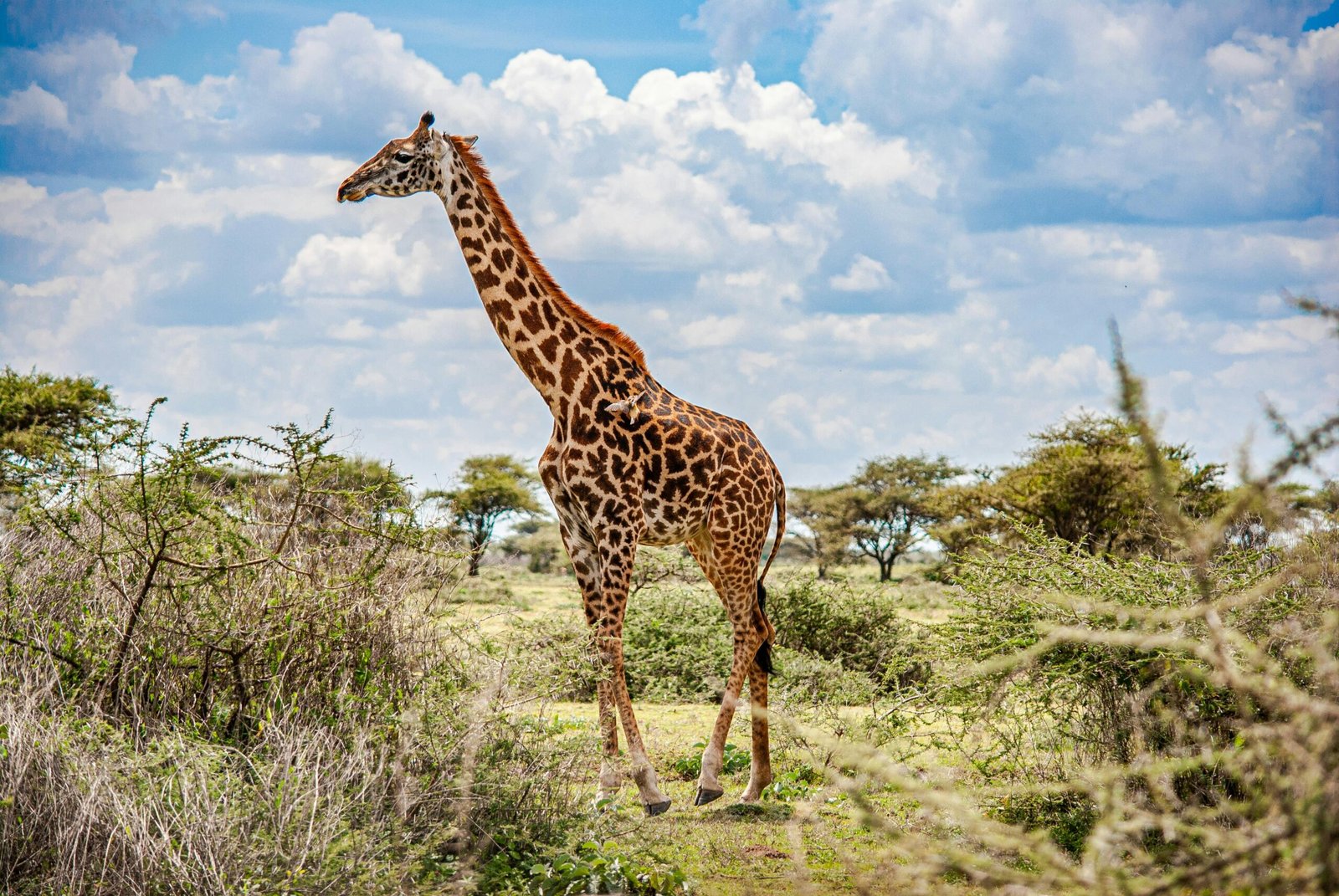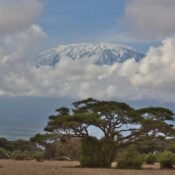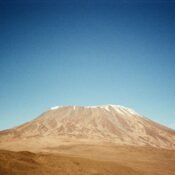
Serengeti Stories: What Makes This National Park Legendary
The word “Serengeti” conjures up vivid images of golden plains stretching endlessly under a sapphire sky, herds of wildebeest thundering across the land, and lions lounging in the shade of acacia trees. More than just a wildlife haven, the Serengeti is a living, breathing testament to the raw beauty and balance of the natural world. For many, it’s not just a bucket list destination—it’s a dream made real.
So what makes Serengeti National Park so legendary? The answer lies in its landscapes, wildlife, stories, and the sheer sense of timelessness that envelopes you the moment you arrive.
The Heart of the Wild
Located in northern Tanzania, the Serengeti spans over 14,750 square kilometers, making it one of Africa’s largest and most iconic national parks. Its name comes from the Maasai word “Siringet”, which means “the place where the land runs on forever.” One drive through its vast, unbroken savannahs and you’ll understand exactly why.
Designated a UNESCO World Heritage Site, the Serengeti is not only one of the best places in the world to see wildlife, but it’s also one of the oldest ecosystems on Earth. The climate, vegetation, and animals have barely changed over the past million years, creating a sanctuary where nature thrives undisturbed.
The Great Migration: Nature’s Greatest Show
Arguably the most extraordinary feature of the Serengeti is the Great Migration, a jaw-dropping natural spectacle where over 1.5 million wildebeest, 200,000 zebras, and 300,000 gazelles move in a circular path through the Serengeti and Maasai Mara in search of greener pastures.
This journey is more than just a migration—it’s a dramatic life-and-death saga. Predators like lions, leopards, cheetahs, hyenas, and crocodiles follow the herds, turning the journey into a theater of survival. Whether it’s the adrenaline of the Grumeti River crossings or the birth of thousands of calves in Ndutu during calving season, the migration encapsulates the full range of nature’s emotions and energy.
To witness even a part of this epic movement is to see the Serengeti in its most primal and powerful state.
The Big Five and Beyond
While the Great Migration may be the headline act, the Serengeti offers a full cast of wildlife superstars. The park is home to the Big Five—lion, leopard, elephant, buffalo, and rhino. But its diversity doesn’t end there.
- Lions are plentiful here; the Serengeti has one of the highest concentrations of lions in Africa. You might even witness a pride hunting together, a spectacle as riveting as it is rare.
- Leopards are more elusive, often seen draped in trees along the Seronera River.
- Elephants roam in graceful herds, especially in the western and northern corridors.
- Cheetahs, giraffes, hippos, ostriches, and over 500 species of birds also call this ecosystem home.
Every game drive in the Serengeti tells a different story. One morning, you might watch a lioness teach her cubs to hunt; another day, you may marvel at a dazzle of zebras galloping into the horizon.
Timeless Landscapes and Shifting Light
The Serengeti is not just about animals—it’s about atmosphere. The land itself is layered with beauty.
- The plains are classic East Africa: wide, open, golden.
- The kopjes—rocky outcrops that rise suddenly from the grasslands—are not only striking but also serve as lookout points for predators and rest stops for lions.
- The Seronera Valley is rich in rivers and vegetation, attracting both predators and prey.
- The Western Corridor is defined by woodlands and rivers, while the Northern Serengeti features rolling hills and is prime territory during the river crossings in July–October.
Every hour in the Serengeti brings a different light: golden sunrise, harsh midday blaze, crimson sunsets, and moonlit nights where the only sound is the call of a distant hyena. It’s a place that feels cinematic—and spiritual.
Cultural Connection: The People of the Serengeti
No story of the Serengeti is complete without mentioning the Maasai people, whose traditions and presence are deeply connected to the land. For centuries, they’ve lived alongside wildlife, coexisting in a delicate balance of respect and survival.
Visiting a Maasai village near the park gives travelers a glimpse into a proud culture, rich with storytelling, song, beadwork, and ritual. It’s a reminder that the Serengeti isn’t just wild—it’s lived in and revered by those who understand its rhythms best.
Conservation Success and Challenges
Serengeti’s fame has helped protect it, but that protection is an ongoing effort. Poaching, human-wildlife conflict, and climate change still pose threats. However, conservation efforts—backed by government and international partnerships—have had success in increasing the black rhino population and managing park tourism sustainably.
By choosing ethical tour operators and supporting local communities, travelers can contribute to preserving the park for generations to come.
When to Visit
There is no bad time to visit the Serengeti, but your experience will vary by season:
- June to October (Dry Season): Best for game viewing and witnessing river crossings during the Great Migration.
- November to March (Green Season): Lush landscapes and calving season, when predator activity is high.
- April to May (Rainy Season): Fewer tourists, excellent birdwatching, and dramatic skies—but some roads may be impassable.
Final Word: The Serengeti Is a Story You Feel
Some places impress you. The Serengeti changes you. It slows time, awakens your senses, and offers moments of profound wonder. Whether it’s the quiet stare of a lioness or the sound of a thousand hooves pounding the earth, the park leaves you with stories that no camera can fully capture.
The Serengeti is not just a destination—it’s a reminder of the wild within us all. And once you witness it, a part of you will always stay behind, running with the herds, watching from the shadows, and remembering the rhythm of the untamed.




